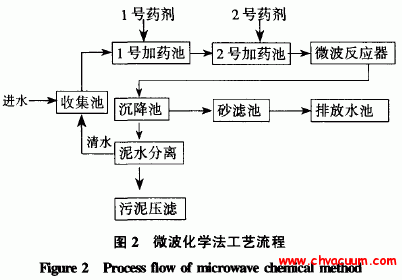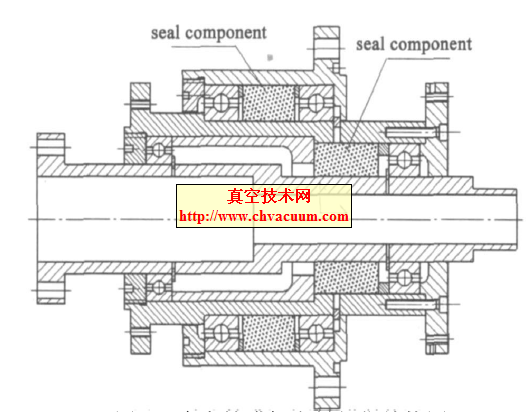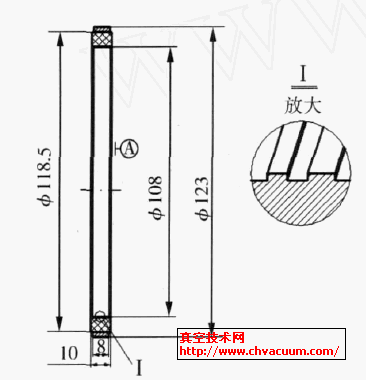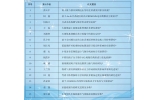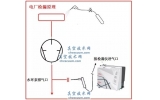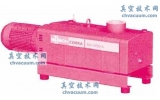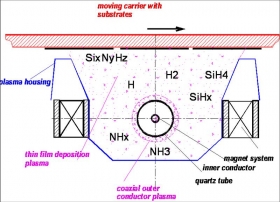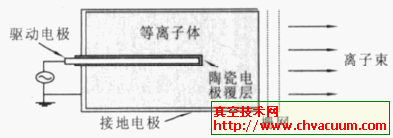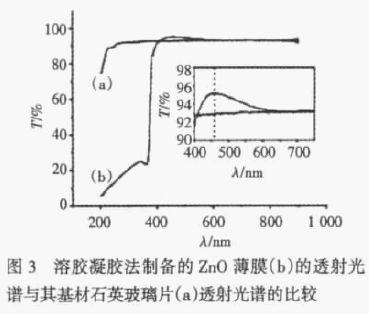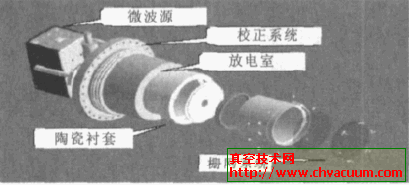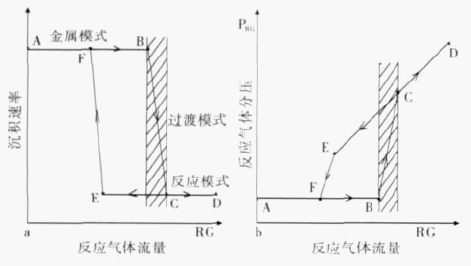基于溶膠凝膠法的二氧化錫復(fù)合薄膜的制備及表征
以金屬無機(jī)鹽SnCl2.2H2O、CuCl2.2H2O和無水乙醇為原料,用溶膠凝膠法制備了SnO2和CuO摻雜的CuO-SnO2薄膜,并用X射線衍射、掃描電鏡、透射電鏡和電化學(xué)工作站對(duì)樣品進(jìn)行了表征。結(jié)果表明:隨著退火溫度的增加,薄膜結(jié)晶性變好,晶粒長(zhǎng)大,電學(xué)特性增強(qiáng),最佳退火溫度確定為450℃。摻雜CuO的SnO2薄膜導(dǎo)電性好于同等條件下未摻雜的SnO2薄膜。SnO2呈四方相金紅石結(jié)構(gòu),衍射峰顯示薄膜中存在部分SnO。聚乙二醇的添加增強(qiáng)了SnO2的衍射峰,當(dāng)超過一定添加量后將抑制晶粒的生長(zhǎng),并使得CuO-SnO2薄膜的導(dǎo)電性呈先減小后增大的趨勢(shì)。丙三醇的添加可極大改善薄膜的表面形貌,增強(qiáng)了SnO2的衍射峰,且導(dǎo)電性明顯變好。
關(guān)鍵詞: 二氧化錫;溶膠凝膠法;氧化銅;摻雜;電學(xué)特性
Abstract: The CuO-doped SnO2 composite films were grown in sol-gel method on Si(100) substrates.The impacts of the growth conditions,including the concentrations of Sn and CuO in the solution,annealing temperature,and polyethylene glycol(PEG) addition,on the microstructures and properties of the films were evaluated.The CuO doped composite films and the control sample were characterized with X-ray diffraction,scanning electron microscopy,transmission electron microscopy and electrochemical probe.The results show that the CuO-doping and annealing temperature strongly affect the microstructures and properties of the films.For instance,an increase of the annealing temperature resulted in bigger SnO2 grains,improvement of compactness,and reduction of the sheet resistance.The optimized annealing temperature was found to be 450℃.Addition of a certain amount of PEG and glycerine significantly bettered the crystallization and surface morphology of the films.
Keywords: SnO2 film,Sol-gel method,CuO,Doping,Electrical property
基金項(xiàng)目: 中央高校基本科研業(yè)務(wù)費(fèi)專項(xiàng)資金(N090403001);; 教育部留學(xué)回國(guó)人員科研啟動(dòng)基金(20091341-4)
采用溶膠凝膠法制備了四方相金紅石多晶結(jié)構(gòu)SnO2 薄膜, XRD 特征衍射峰分別對(duì)應(yīng)(110) , (101) ,(211) 晶面, 樣品不存在晶粒的擇優(yōu)取向。300退火的SnO2 薄膜為非晶狀態(tài), 隨退火溫度升高, 結(jié)晶性逐漸變好, 晶粒尺寸呈先增大后減小趨勢(shì), 電阻呈略減小后再增大的趨勢(shì)。CuO 的摻雜未導(dǎo)致新物相產(chǎn)生, 卻抑制了SnO2 晶粒生長(zhǎng)并增強(qiáng)了薄膜的電學(xué)特性, 薄膜晶粒呈不規(guī)則形狀, 粒徑約10 nm。EDS能譜分析發(fā)現(xiàn)膜中Sn 并未完全以SnO2 結(jié)構(gòu)形式存在, 還有SnO 相形成。PEG的添加增強(qiáng)了SnO2 的(220) , (002) 晶面的生長(zhǎng), 但當(dāng)PEG添加量超過05g 使開始明顯抑制晶粒生長(zhǎng)。CuO-SnO2 薄膜樣品的導(dǎo)電性隨PEG 的添加量呈先減小后增大的趨勢(shì), 接觸角呈先減小后增大趨勢(shì); 丙三醇的加入改善了薄膜表面形貌, 增強(qiáng)了SnO2 的衍射峰, 薄膜裂紋的數(shù)量和寬度明顯減少, 導(dǎo)電性明顯變好, 但對(duì)接觸角影響很小。
參考文獻(xiàn):
[1]Francisco L,Forleo A,Capone S,et al.Sensors and ActuatorsB[J],2006,114:646-655
[2]王濤,刁訓(xùn)剛,丁,等.真空科學(xué)與技術(shù)學(xué)報(bào)[J],2007,27(6):511-516
[3]Azens A,Kullman L,Vaivars G,et al.J Phys Chem[J],1998,B113:449-456
[4]Amor S B,Rogier B,Baud G,et al.Materials Science and En-gineering[J],1998,57:28-39
[5]徐均琪,李榮,蘇俊宏,等.真空科學(xué)與技術(shù)學(xué)報(bào)[J],2010,30(4):420-424
[6]Ghimbeu CM,VanLandschoot R C,Schoonman J,et al.Jour-nal of the European Ceramic Society[J],2007,27:207-213
[7]劉星輝,唐東升,曾春來,等.物理化學(xué)學(xué)報(bào)[J],2007,23(3):361-366
[8]Eranna G,Joshi B C,Runthala D P,et al.Critical Reviews inSolid State and Materials Sciences[J],2003,29:111-188
[9]Safonova O V,RumyantsevaM N,Ryabova L I,et al.Mater-ials Science and Engineering[J],2001,B85:43-49
[10]Sharma R K,Chan P C H,Tang Z N,et al.Sensors and Ac-tuators[J],2001,B72:160-166
[11]Zhang D L,Deng Z B,Zhang J B,et al.Materials Chemistryand Physics[J],2006,98:353-357
[12]Yan Q G,Tao S Q,ToghianiH.Talanta[J],2009,77:953-961
[13]方麗梅,李志杰,劉春明,等.物理化學(xué)學(xué)報(bào)[J],2006,22(10):1212-1216
[14]Gubbins M A,Casey V,Newcomb S.B.Thin Solid Films[J],2002,405(1-2):270-275
[15]Niranjan R S,Patil K R,Sainkar S R.Materials Chemistryand Physics[J],2003,80(1):250-256
[16]Vasiliev R B,Rumyantseva M N,Yakovlev N V,et al.Sen-sors and Actuators[J],1998,B50(3):186-193
[17]耿麗娜,王淑榮,李鵬,等.無機(jī)化學(xué)學(xué)報(bào)[J],2005,21(7):977-981
[18]Niranjan S R,Young K H,Sung H J.Applied Surface Sc-ience[J],2006,252:4298-4305
[19]Kaur J,Kumar R,Bhatnagar M C.Sensors and Actuators[J],2007,B126:478-484
[20]Tao Sun,Donthu S,Sprung M,et al.Acta Materialia[J],2009,57:1095-1104
[21]侯環(huán)宇,王正德,李保衛(wèi).內(nèi)蒙古科技大學(xué)學(xué)報(bào)[J],2008,27(2):137-139
[22]Kissine V V,Voroshilov S A,Sysoev V V.Thin Solid Films[J],1999,348:304-311
[23]Santilli C V,Pulcinelli S H,Brito G E S,et al.J Phys Chem[J],1999,B103:2660-2667
[24]Katti V R,Debnath A K,Muthe K P,et al.Sensors and Ac-tuators[J],2003,B96:245-252
[25]Niranjan R S,Patil K R,Sainkar S R,et al.Materials Chem-istry and Physics[J],2003,80:250-256
[26]ShoyamaM,Hashimoto N.Sensors and Actuators[J],2003,B93:585-589


